A chronological guide to the top Ecuador Festivals
Ecuador Festivals are probably of the most colorful and culture filled traditions of South America when it comes to holidays and festivities. Semana Santa, Inti Raymi, Carnival, you name it! Submerging into a rich cultural tradition is probably one of the best ways to get to know the country and its people.
So, if you are planning a visit to Ecuador anytime soon, here’s our list of the best Ecuador Festivals and traditional customs. Take a look and make sure to be part of one when visiting the Ecuadorian soil. The list is chronologically arranged (month to month) to make it easier for your travel planning.
1. La Diablada de Píllaro (The Devils of Pillaro) in January
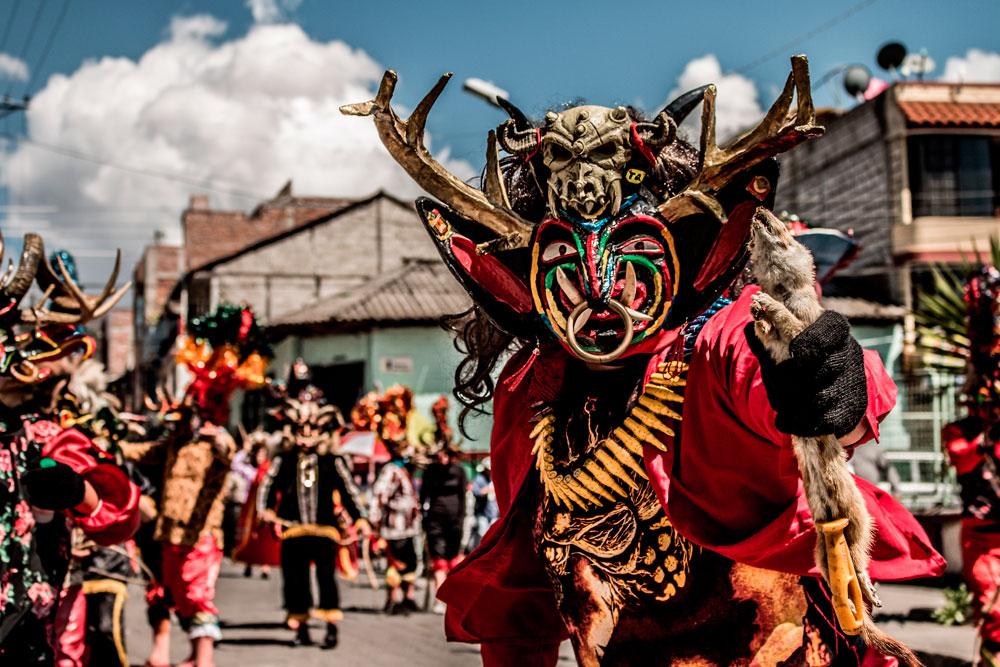
This bizarre celebration is held in Píllaro (north of Tungurahua Province, near Baños City) between the 1st and the 6th of January of each year. Thousands of imps take the streets to dance in the Diablada. The party gathers the whole town and foreigners alike. The three main characters are the devil, guaricha and capariche. The beauty of the ceremony lays o its origin which comes from the colonial era and evokes the indigenous and mestizo rebellion against the Catholic religion. The devil costume is a disguised rejection to the preaching of the priests, as well as the physical, economic, psychological and moral abuse that came for the Spanish.
2. Carnival (Ecuadorian Mardi Gras) in February or March
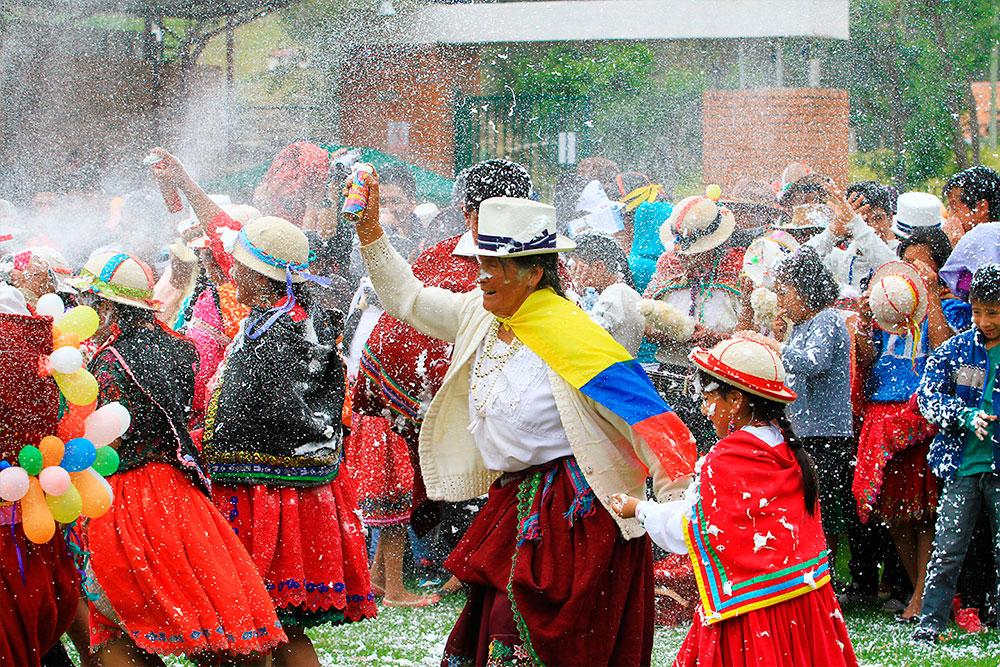
The date when Carnival takes place varies from year to year. The reason why is that it is a deeply catholic tradition. Carnival should take place on Monday and Tuesday, 40 days before Easter each year, prior to the Catholic fasting period (around mid February). In Ecuador, the festival incorporates an older indigenous tradition of celebrating the second moon by throwing flowers, water and flour. It is a period of celebration and abundance before the fasting. Though it take place throughout the country, Guaranda and Ambato are the major carries of the tradition.
RELATED: 5 TIPS FOR FEMALE SOLO TRAVELERS IN ECUADOR
3. Semana Santa (Holly Week) in Quito City in April
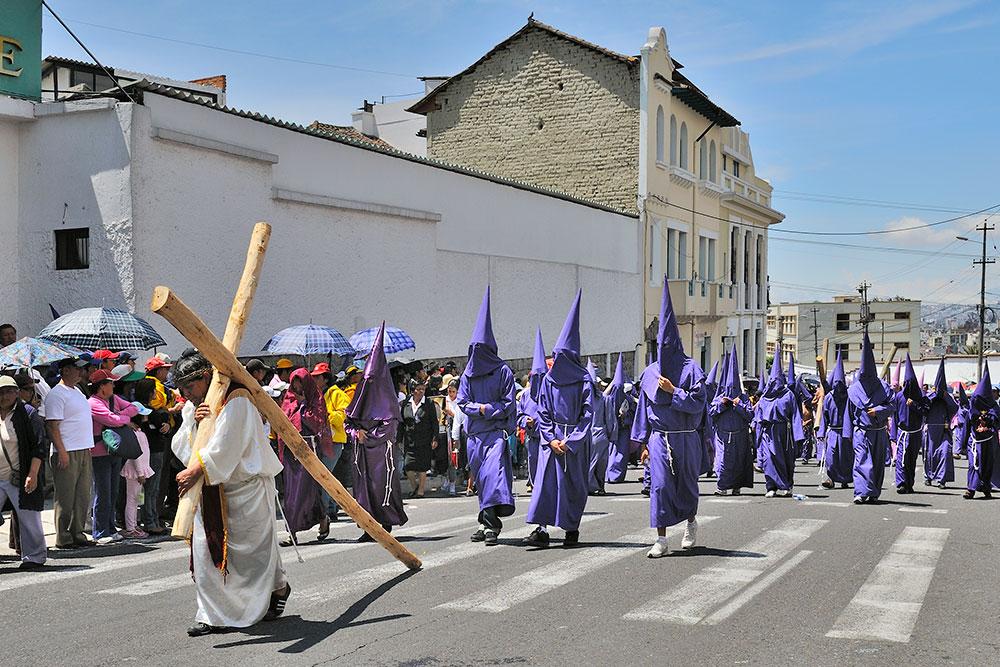
A deeply theatrical tradition, Holly Week in Ecuador gathers iconic characters in a procession recreating Christ’s journey to the cross. Semana Santa starts on the second Sunday of April. If you happen to be in Quito during during this period, make sure you catch one of the multiple processions and immerse yourself in tradition. However, the not to miss event is the the Jesus del Gran Poder Procession taking place in the lovely historical cente of Quitor. Make sure you arrive on time, as it gets quite crowded.
RELATED: TAKE A LOOK AT THESE FULL DAY AND HALF DAY TRIPS IN AND FROM QUITO
4. Inti Raymi (Sun Festival) in June and July
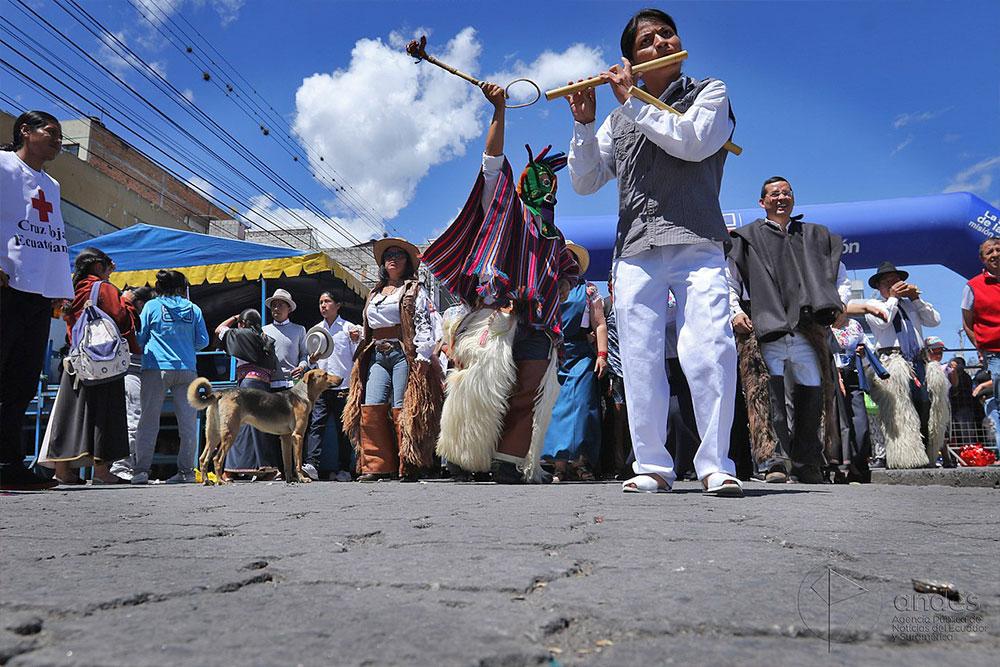
The Inti Raymi celebrations take place during the months of June and July, however the major party id held on June 2st . A deeply Andean tradition, the Sun Festival begins with the sunset of the longest night of the year. As soon as the Andean summer begins, Inti Raymi is a celebration and gratitude to the sun. The celebration also matches with the harvest season and the end of an Andean agricultural cycle. The party involves traditional dances (San Juan) and drinks (Chicha de Jora). A colorful and joyful event, symbolizing new beginnings.
5. The Yamor Festival (Corn Festival) in September

The Yamor festivities started 52 years ago. It is a celebration of the intercultural peoples of Otavalo. It blends the celebration of Koya Raymi (the ritual of the moon and the sun as elements of fertility) with Catholic traditions. The word “Yamor” refers to a traditional beverage, which is brewed using seven varieties of corn and is unique to this area. This beverage runs freely during the festivities. The indigenous groups of Kichwa Cayambi and Kichwa Otavalo honour the Andean agricultural cycle , with a special attention to corn, which is considered to be a symbol of fertility. The festivities include processions, music, dancing in the streets, fireworks, cock fighting, mock bull fighting and lots of fun. You can take a 2 day-trip to Otavalo during Inti Raymi season to take a deeper look at the festival.
6. Mama Negra Festivities in September and November
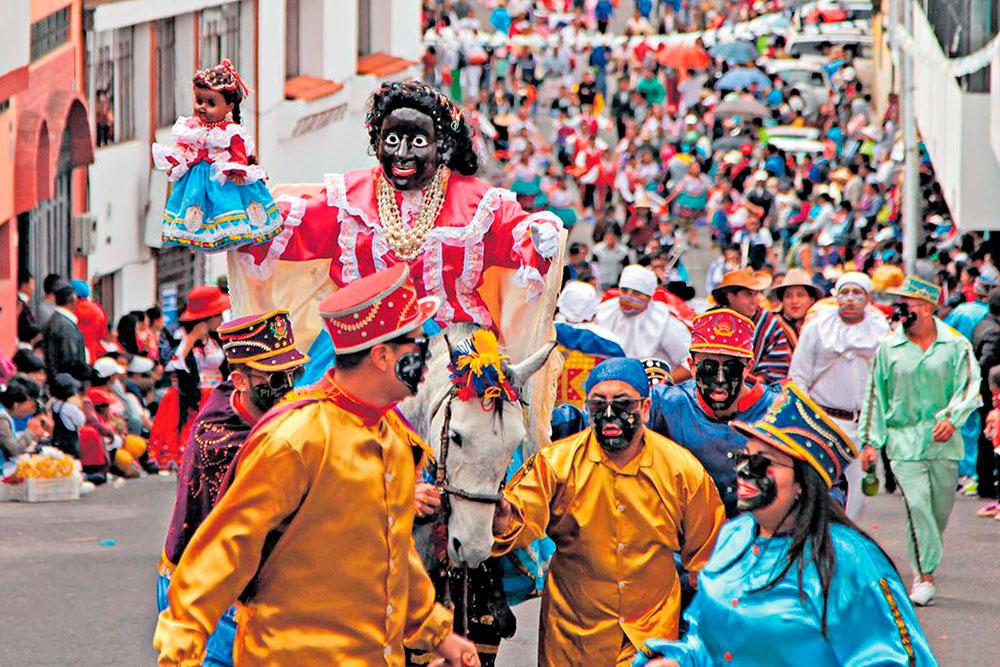
The Festival of La Mama Negra takes place in the town of Latacunga in Ecuador at the end of September and again during the week of November. La Mama Negra is one of the oldest in the city and it is a display of the varied cultural influences from its Spanish, Aymaran, Incan, Mayan, and African ancestors. The city streets fill to watch a parade of legendary characters pass by, bestowing blessings candy, and homemade brew. The festival was established when the Cotopaxi volcano erupted in 1742. The locals of the region asked the Virgin of Mercy, the patron of Cotopaxi, to spare Latacunga. When the town escaped the wrath of the volcano, an annual celebration was set in place in her honor
RELATED: TAKE A LOOK AT THESE ECUADOR CUSTOMIZABLE TRIPS AND TOURS
7. The burning of el Año Viejo (New Year’s Eve) on December 31st
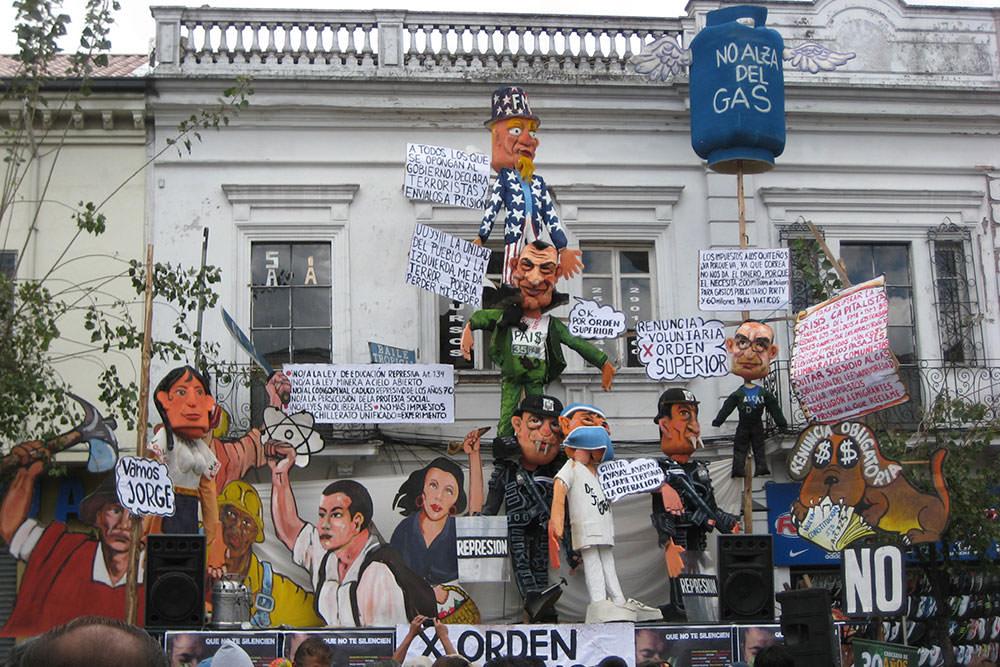
This is one of the most amusing celebrations in Ecuador and it takes place at the end of the year. It entails various traditions, but the most notorious one is the burning of Año Viejo (old year) doll. This effigy made from newspaper, sawdust and cardboard represent political figures, personalities or even loved ones. They symbolize the experiences and events of the past year. The burning symbolizes the start of new experiences and better things to come. Las Viudas (The Widows) are a major thing dung this celebrations. Men dressed as women personify the viudas, mourning for the Año Viejo Puppet.
So this is our list, do you have any favorite Ecuadorian festival not mentioned here?
Articles you may also about Ecuador festivals:
- Lagoons and Lakes in Ecuador you Should Explore During your Trip
- 5 Reasons to visit Ecuador | Why Ecuador Should Be On Your Destination Bucket List
- Visiting Galapagos on a Budget: The Ultimate 10 Day Island-Hopping Itinerary for the 30+ Traveler

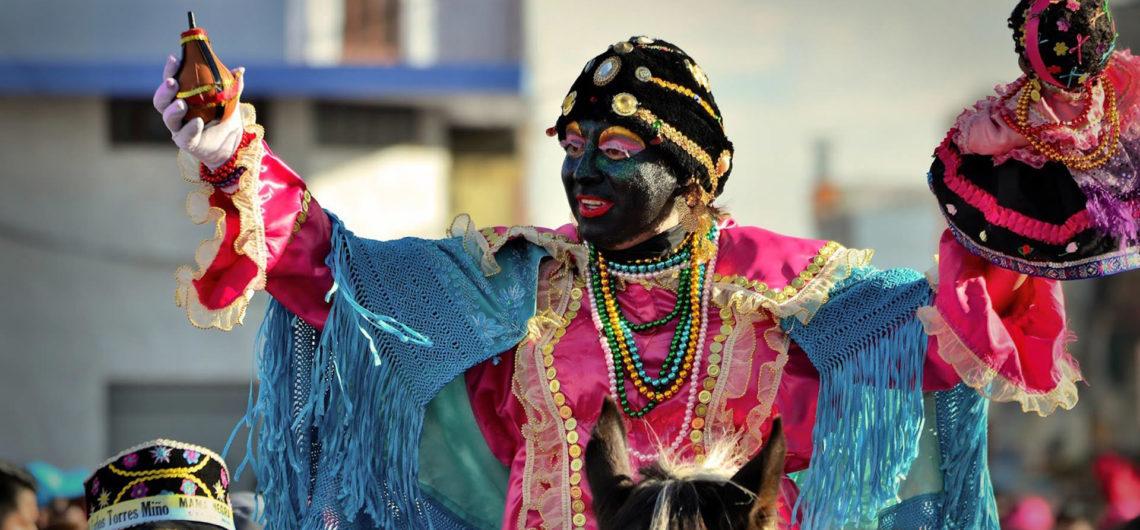

Comments